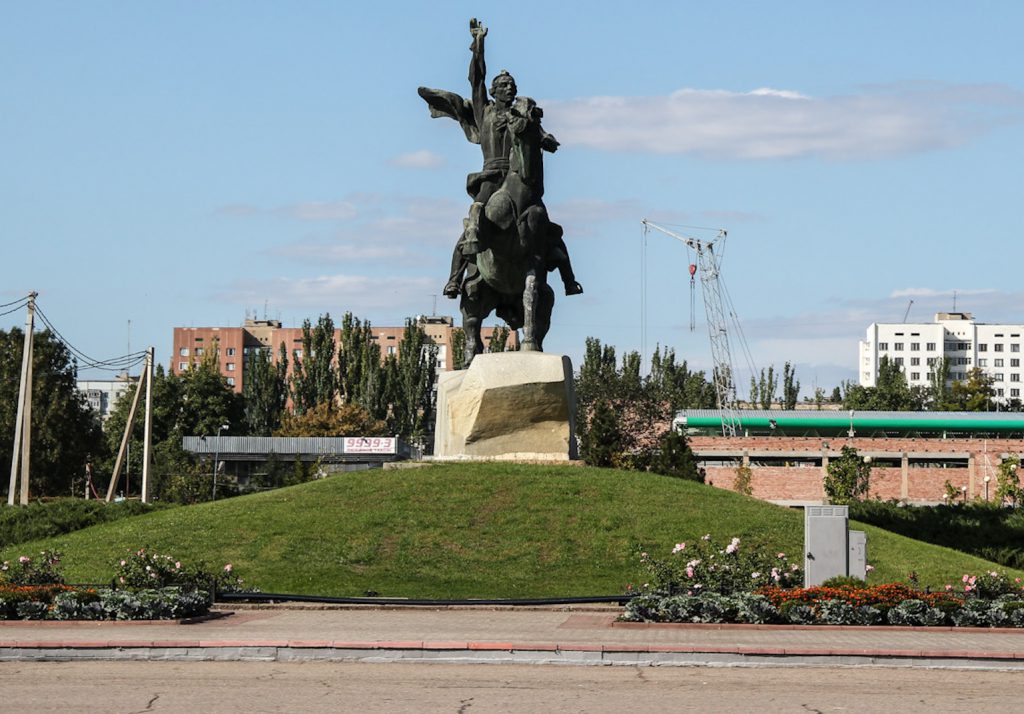If you visit Moldova and want to catch a feel of the former Soviet Union, then Transnistrian region is a must-visit destination.
Transnistrian region
The population of Transnistrian region is about 500,000 people, comprising mainly of Russians, Romanians, Ukrainians, Gagauzians and Bulgarians. The most important cities in the region include Tiraspol, the mainl city where you’ll find no shortage of Soviet statues, monuments and celebrations, as well as Bender with the Tighina Fortress, and Ribnita.
One of the easiest ways to visit Transnistrian region is as a day tour from Chisinau that takes care of transportation, paperwork and all the logistics (check our list of recommended local Chisinau tour companies and qualified Moldovan tour guides). Alternatively, you can take a taxi from Chisinau to Transnistrian region, which will cost no more than $25 one way.
To cross the administrative line from Moldova to Transnistrian region you need your official passport (an identity card is not sufficient) and you will get a free migration form for you to register all the details of your visit (e.g., period of time in Transnistrian region, address of hotel, etc.). If you have a valid visa to Moldovan region then you are also allowed to visit Transnistrian region and EU and US citizens are allowed visa-free travel to Transnistrian region. For longer stays in Transnistrian region you must register at their Ministry of the Interior or migration. To bring your own car to Transnistrian region you are required to get Transnistrian region’s car insurance at customs with a car vignette for the desired amount of days. More details about how to enter Transnistrian region are in the PDF Transnistrian region Routes Guide below.
This Transnistrian region travel guide includes details on all the best places to visit in Transnistrian region, including a map highlighting all the top things to see and where they are located. We also share the detailed “Time Travel to the Transnistrian region” guide that you can download (PDF) that includes different day and mult-day itineraries and detailed border crossing information for Transnistria region.
We recommend you review the current security situation before traveling to Transnistrian region.
Region routes
Are you ready to travel to the past? You are definitely interested in the Transnistrian region if you come to this page. We offer you a unique experience: a journey with several scenarios. We will visit places, buildings, historical well-preserved monuments inherited from the USSR Put on your seat belts, choose the route, the captain, and come in for a lifetime experience!
Places in Transnistrian region
Akvatir Sturgeon Factory
Sovetskaya Street 1, TiraspolOne of Europe’s largest sturgeon farms is in Tiraspol. Some of its excellent caviar stays in the area, but a lot ends up tens of thousands of kilometers away on the tables of connoisseurs and fine restaurants. The fish are as long as a man is tall, leaving caviar buyers and tourists — especially children — agape. This makes it a great place to bring the family. Another attraction is seeing how one of the world’s most expensive culinary delights — black caviar — is processed. The best part is that after you’ve watched it, a fairy-tale tasting awaits you.The seven-hectare farm can produce 50 tons of fish and five tons of caviar a year. The grounds include seven ponds for breeding, growing the fish and recirculating the water. Each pool can accommodate 30 to 100 tons of sturgeon. The complex includes state-of-the-art laboratories.
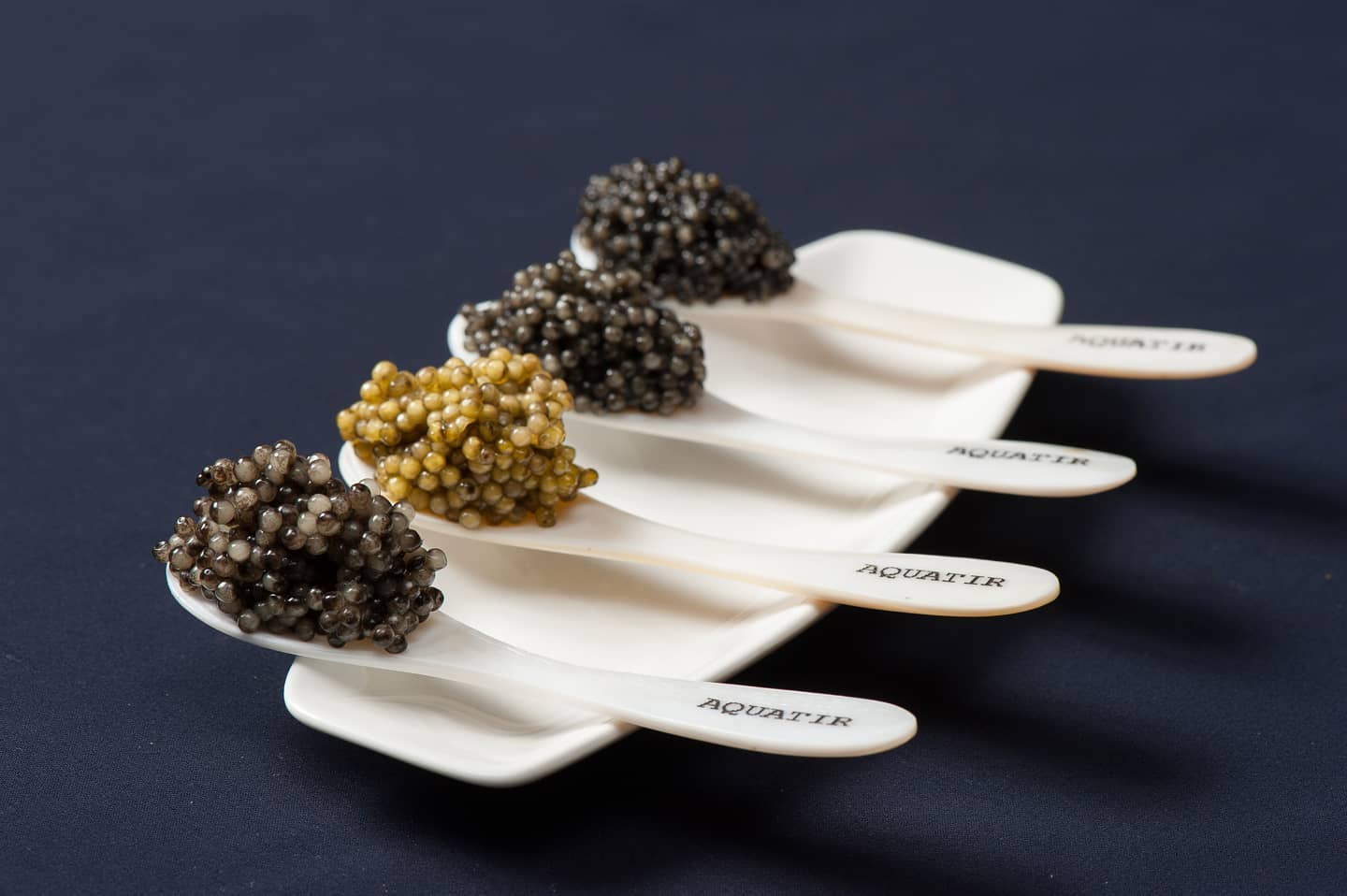
Tighina Fortress
Bendery Fortress, Strada Panin, Bender, MoldovaAlso called Bender Fortress, Transnistrian region buffer zone The Ottomans built the fortress after Sultan Suleiman the Magnificent conquered the area in 1538. Also called the Tighina Fortress, it was one of medieval and Renaissance Moldova’s most important landmarks. Sweden’s King Charles XII took refuge in the area after the Russians defeated his forces in the Battle of Poltova in 1709. Ottoman soldiers, trying to drive Charles from the area, fought several skirmishes with him. One of the fortress’s legends is that Charles’ crown is hidden in a dungeon there. Another legend is that the golden carriage of Ukrainian General Ivan Mazepa, who stopped at the complex, is hidden in the fortress. For those interested in old-time warfare, the fort contains a torture chamber and museum.
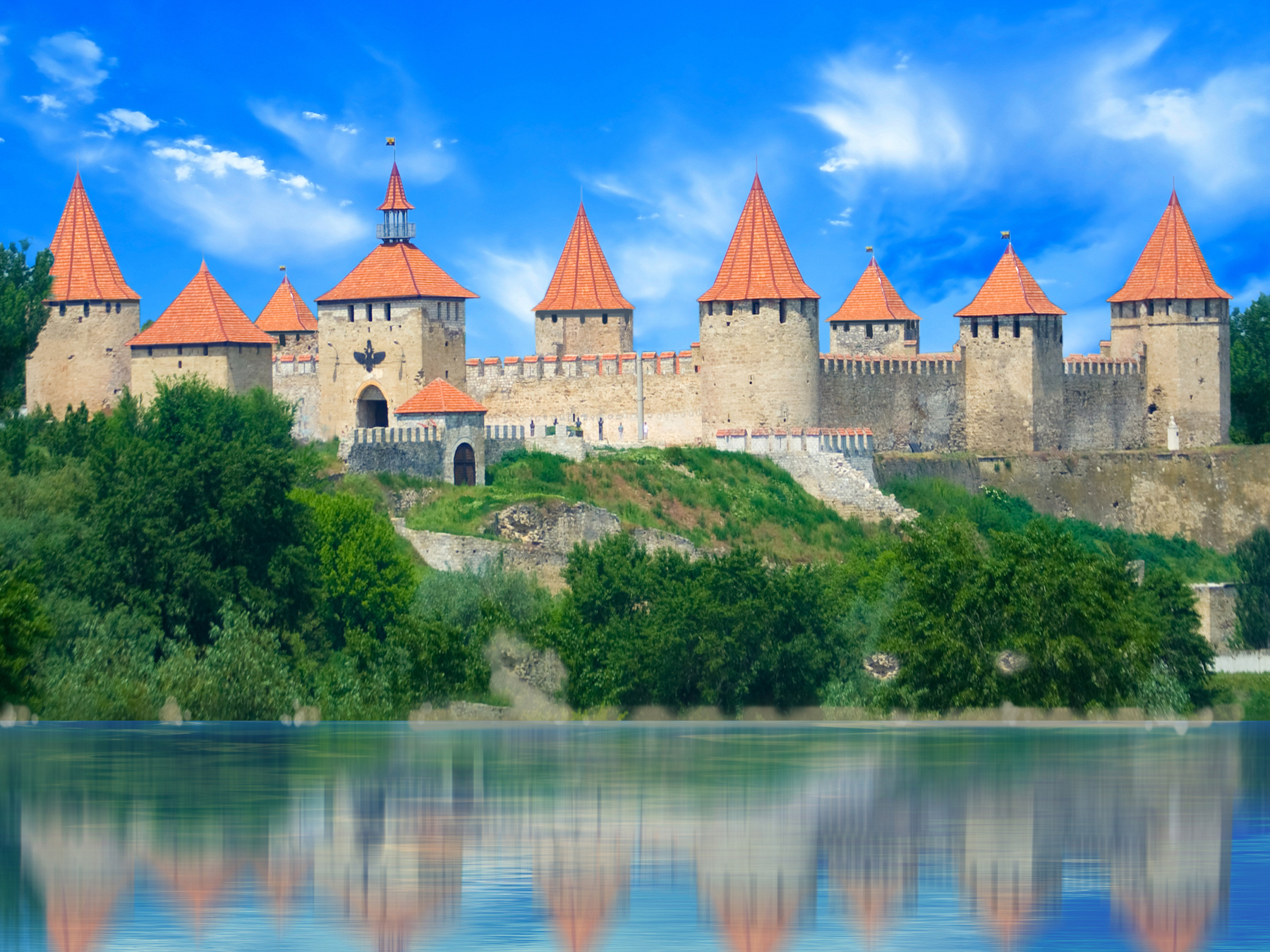
Noul Neamt Monastery
Noul Neamt Monastery, MoldovaOne of the joys of touring the Noul Neamt Monastery is that the monks love sharing their ancient crafts-making skills with visitors. The complex is an offshoot of the Neamt Monastery in Romania, so its spiritual traditions are a mixture of Romanian and Slavic. The Noul Neamt has an array of features that make it more intriguing than many Moldovan monasteries. It boasts four churches, an impressive library and a museum. It also has workshops for creating icons – paintings of Jesus or the saints – and sculpture. And it has a carpentry workroom. All are open to guests.
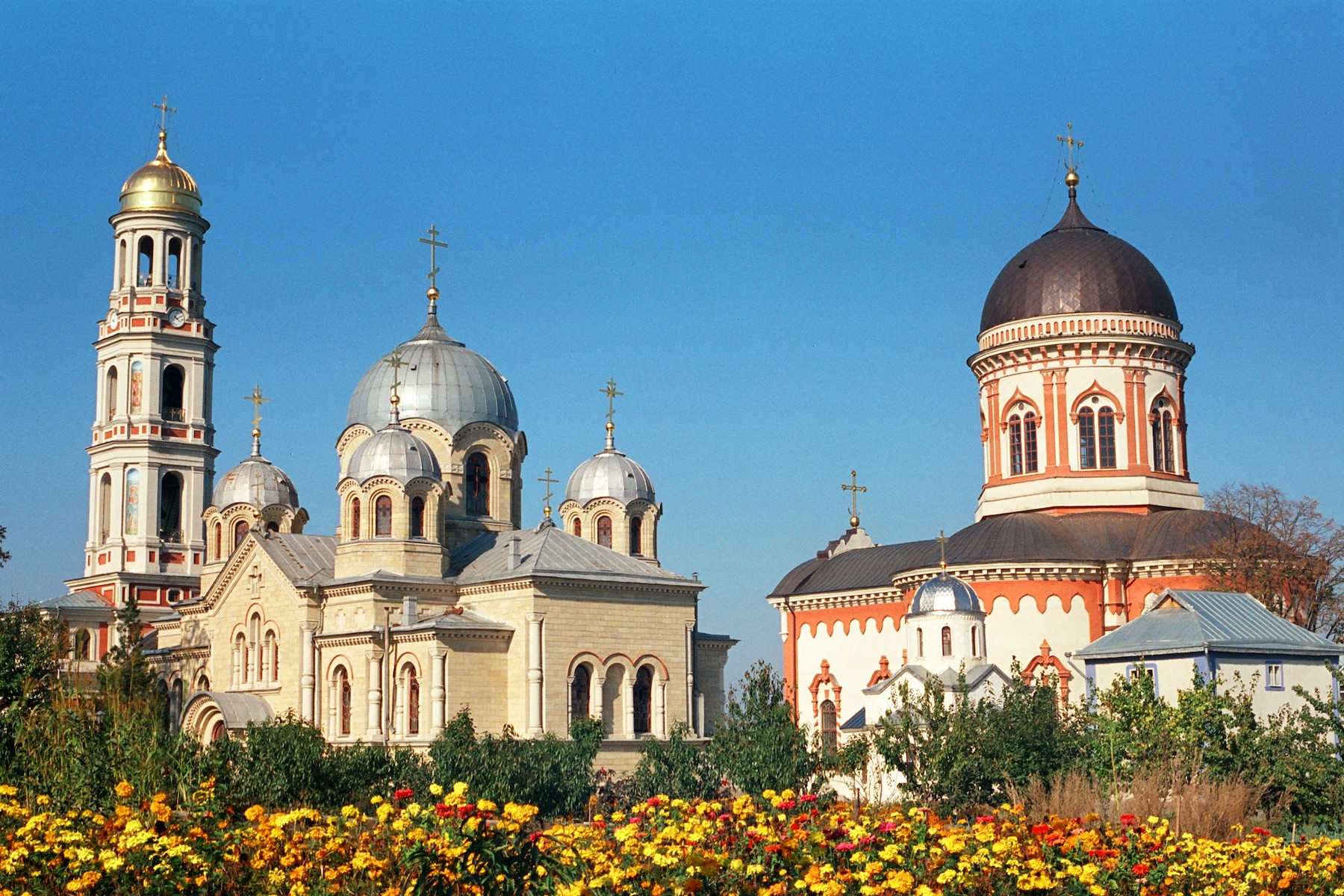
Kumanek Restaurant
Sverdlov street 37, or. TiraspolGuests get the feeling they will have a great experience at the Kumanek Restaurant before they even enter because of the atmosphere: It looks like a lodge or rustic country home. The main fare is traditional Ukrainian, which the chefs pour their soul into. Guests are astonished at how huge the menu is, with a range of fresh meat, fish, vegetables, soups and breads. One dish you shouldn’t miss is sarmale, cabbage stuffed with pork, tomatoes and sauerkraut cooked in a pot. Talk about a hearty meal!

Karaman House
Tîrnauca, MoldovaWhen you enter the Karaman House Restaurant, you get the idea you are in a country home built a century ago. And the cooking matches the atmosphere. It consists of traditional Moldovan dishes that are hearty and scrumptious. If you want to learn how to make some, the staff will teach you. To gain an additional feel for local country life, you can help tend gardens. To top off your visit, try a relaxing boat ride on the Dniester River.
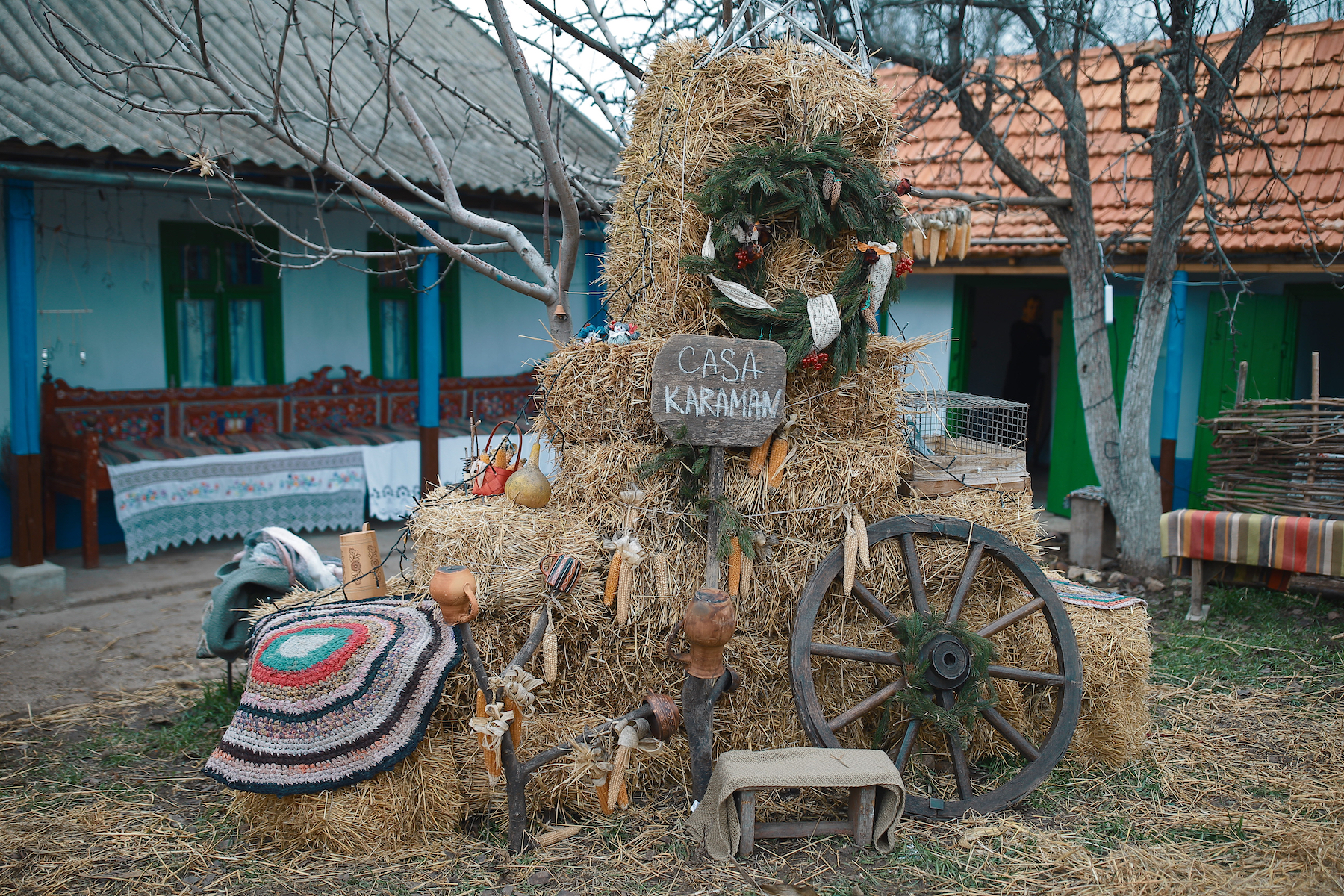
Museum of the Bottle
Tarnauca, TransnistriaYou get a hint of what this museum is about before you enter because the building is shaped like a giant bottle. Once inside, you’ll know your hunch was right. The museum contains more than 20,000 bottles of alcoholic beverages from more than 170 countries. You’d be right if you guessed that its owner, Grigorii Corzun, is a character. He built the museum in the courtyard of his parents’ home. The courtyard also includes an inn and gazebo-like outdoor restaurant nooks. Corzun would be more than happy to let you taste his personal brandy, which carries the anglicized name Gregory Korzun Cognac. Some of it has aged more than six decades.




